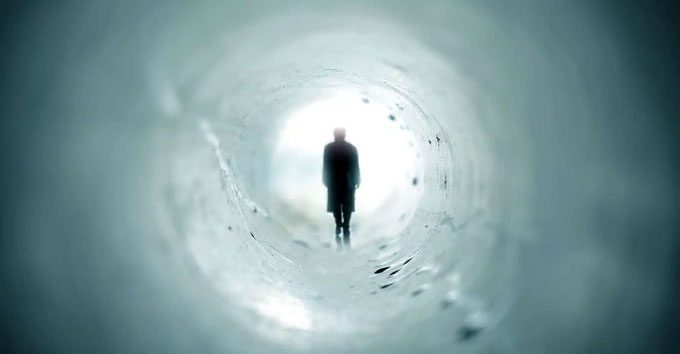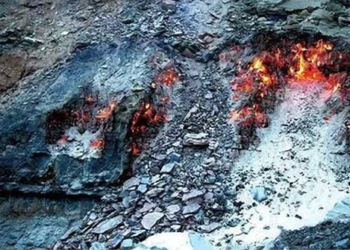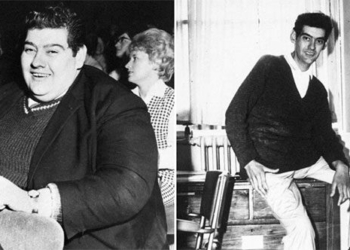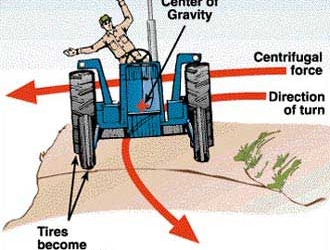Researchers have discovered an increase in electrical activity in the brains of dying individuals, which may be related to conscious experiences in the final moments of life.
The brain’s function at the time of death remains a significant question for science.
While the brain undoubtedly loses consciousness at the moment of death, the existence of a latent form of consciousness during near-death experiences (NDE) is still uncertain.
Researchers at the University of Michigan (USA), in collaboration with the Michigan Consciousness Science Center, have provided initial evidence of a surge in brain activity correlated with consciousness in the dying human brain.

This discovery offers new insights into the role of the brain during a person’s near-death moment (Illustration: Trust My Science).
Strong Gamma Wave Activity
Prior to these findings in humans, the research team monitored studies on brain activity in animals during near-death moments conducted nearly a decade ago.
The results indicated that animals, upon experiencing cardiac arrest and respiratory failure, exhibited a surge in gamma wave oscillations and functional neural connectivity.
To determine whether these preclinical results were reflected in humans, the authors analyzed the electroencephalogram (EEG) and electrocardiogram (ECG) signals of four comatose patients who were beyond hope of recovery.
During the process of withdrawing life support, two of the patients displayed increases in both heart rate and gamma wave activity.
Gamma waves are considered the fastest brain activity and are associated with consciousness.
Additionally, this surge revealed areas of the brain’s hot zones linked to the consciousness neural system.
In a healthy human brain, these systems enable us to awaken and dream, but they can also induce visual hallucinations and altered states of consciousness in epilepsy.
Previously, these two patients were reported by doctors to have experienced seizures, but no seizures occurred prior to their deaths, while the other two patients in the study did not show increases in heart rate or gamma waves.
The researchers believe that the gamma activity in the first two patients was likely stimulated by oxygen deprivation to the body’s tissues and increased further as their cardiac condition deteriorated.
This data suggests that the increase in gamma strength and connectivity observed in animal models of cardiac arrest is also present in some patients during near-death moments.
Developing a New Consciousness
The team of scientists notes that we cannot be certain what the patients experienced in this study, as they did not survive to provide testimony.
Monitoring strong EEG activity after cardiac arrest may provide necessary data to determine whether these gamma wave bursts are evidence of a latent consciousness, even as death approaches.
Although the mechanisms and physiological significance of this discovery still need further investigation, the data obtained indicates that the dying brain may still be active.
This research will lay the groundwork for deeper explorations of latent consciousness at the moment of human cardiac arrest, serving as a model system to further understand the mechanisms of human consciousness.





















































